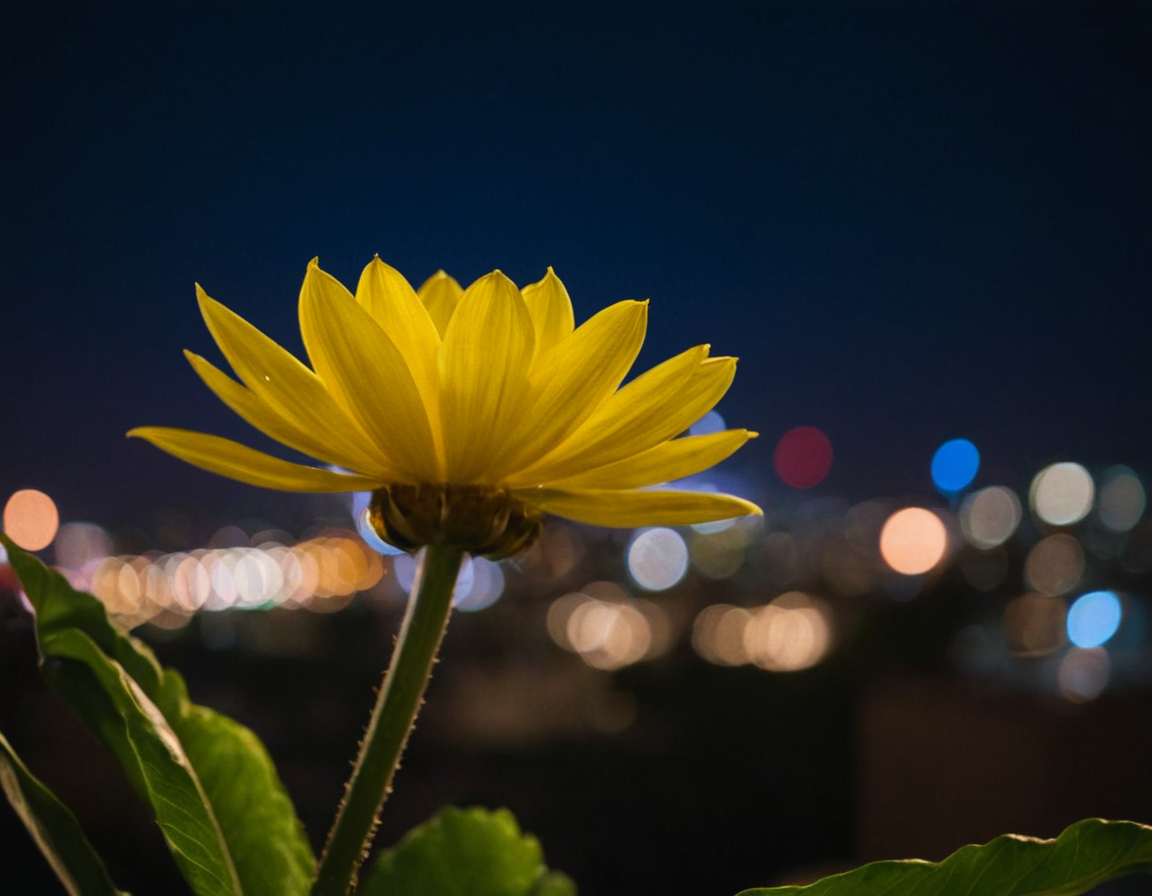Bokeh Mastery: Capture Stunning Effects

Understanding Bokeh in Photography: A Comprehensive Guide
Bokeh, a term coined by photographer Michael Freeman, refers to the aesthetic quality of an image’s out-of-focus areas. It is characterized by a pleasing, subtle blur that adds depth and character to a photograph. In this article, we will delve into the world of bokeh, exploring its significance in photography, and provide practical tips on how to create bokeh effects in your own images.
What Causes Bokeh?
Bokeh is primarily caused by the interaction between light, camera lenses, and image sensors. When light enters a lens, it creates a complex pattern of rays that are then focused onto the image sensor. The resulting image can exhibit various types of aberrations, including spherical aberration, chromatic aberration, and coma flare. These aberrations contribute to the creation of bokeh.
Types of Bokeh
There are two primary types of bokeh: intentional and unintentional.
- Intentional Bokeh: This type of bokeh is created by the photographer using specific techniques, such as using a wide-aperture lens or intentionally blurring the background. Intentional bokeh can add depth and context to an image.
- Unintentional Bokeh: This type of bokeh occurs when the camera’s optics create unwanted blur, often due to lens defects or poor focusing.
Creating Bokeh in Your Photos
While some types of bokeh are unavoidable, there are several techniques you can use to intentionally create bokeh effects:
Using Wide-Angle Lenses
Wide-angle lenses, particularly those with a focal length under 50mm, are more prone to creating unwanted bokeh. However, by using these lenses for specific purposes, such as landscape or interior photography, you can create intentional bokeh.
- Example: Use a wide-aperture lens (e.g., f/1.4) and position the subject at a slight angle to the camera’s sensor to create a subtle bokeh effect.
- Tip: Experiment with different focal lengths and aperture settings to achieve the desired level of blur.
Blurring the Background
Blurring the background can be an effective way to create intentional bokeh. This technique is often used in portrait photography, where the subject is isolated from the background.
- Example: Use a telephoto lens (e.g., 70-200mm) and position it at a distance from the subject to create a natural-looking bokeh effect.
- Tip: Pay attention to the subject’s expression and body language, as they can greatly impact the overall mood of the image.
Post-Processing Techniques
While some photographers prefer to avoid post-processing, there are several techniques you can use to enhance your bokeh effects:
- Example: Use a camera’s built-in lens correction feature or third-party software (e.g., Adobe Lightroom) to subtly adjust the focus and blur areas of the image.
- Tip: Be cautious when using these techniques, as over-processing can lead to an unnatural look.
Conclusion
Bokeh is a complex topic that requires a deep understanding of camera optics, lighting, and composition. By mastering intentional bokeh techniques and being mindful of unwanted aberrations, you can add depth and character to your photographs. Remember to experiment with different techniques and push the boundaries of what is possible in your photography.
Call to Action
Now that you have a better understanding of bokeh, we want to challenge you to try experimenting with these techniques in your own photography. Share your results with us on social media using the hashtag #bokehphotography, and let’s continue the conversation about this fascinating topic.
This is just the beginning of our exploration into the world of bokeh. Stay tuned for more in-depth articles and tutorials that will help you take your photography to the next level.
About Luis Torres
Hi, I'm Luis Torres, a photographer and blogger passionate about helping creatives grow. With a background in photography and a knack for teaching, I share actionable tips & techniques on lentecreativa.com to inspire and educate photographers of all levels.
